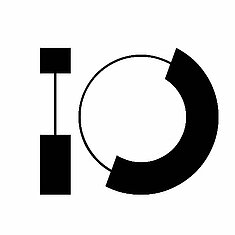Netherlands takes important step in development of molten salt nuclear reactor

Dutch technology companies DEMCON, Thorizon, and the VDL Groep announce a collaboration to develop molten salt reactors, a promising technology for the energy transition. These are designed to deliver nuclear energy safely and sustainably. Demand for non-CO2 renewable energy is growing rapidly as the Netherlands moves away from natural gas and reduces its use of coal and oil. Despite well-known challenges, the partners believe improvements in technology make these reactors feasible for the future.
Back in December 2024, DEMCON, Thorizon, and VDL Groep signed a historic project agreement. The project received political support during a working visit by Minister Sophie Hermans (Climate and Green Growth) to DIFFER in Eindhoven. The ambition is great: Thorizon is developing a reactor of 100 MWe, sufficient to power 250,000 households or one data center.
Molten salt as a coolant
Unlike traditional reactors, which use water as a coolant, this type of reactor uses molten salt. This provides greater safety: in the event of a power failure, the salt solidifies on its own, keeping the reactor passively cooled and preventing dangerous situations.
Overcoming challenges
The project aims, they explain in a release, to validate and demonstrate the “manufacturability, safety, and functionality of essential components” of the non-nuclear system of these reactors. The history of molten salt reactors has significant challenges. Experiments at Oak Ridge National Laboratory between 1965 and 1969 faced significant operational problems. The salt reactor was shut down 225 times, 58 of them scheduled, and suffered from chronically clogged pipes and electrical system failures. Despite historical challenges, the partners believe improvements in technology make the new reactors feasible for the future.
Delivering power locally
The ultimate goal is to develop a series of smaller reactors that can deliver power locally to businesses and households. Historically, nuclear projects have often been sizeable undertakings. However, the future of this sector is focused on the deployment of small modular reactors (SMRs). These reactors are constructed from individual components that are mass-produced in factories. This creates an extraordinary opportunity for the Dutch high-tech manufacturing industry. Thanks to their extensive expertise in complex supply chains, such as that of the semiconductor sector, this industry can play a key role in developing and manufacturing high-quality components and (sub)systems specifically designed for nuclear applications.
Similar projects worldwide
Thorizon already received a €10 million grant from the French government in March 2024. That seems like a lot, but more funding is being put into other similar projects. TerraPower, founded by Bill Gates, will also begin construction of a similar nuclear power plant in Kemmerer, Wyoming, in June. The reactor will provide 345 megawatts of power, with a peak capacity of 500 megawatts, enough to power 400,000 homes. TerraPower has secured $2 billion in government support and $1 billion in private investment. Construction will provide 1,600 jobs, and as of 2030, 250 people will operate the completed plant, which also supplies power to Kemmerer.
